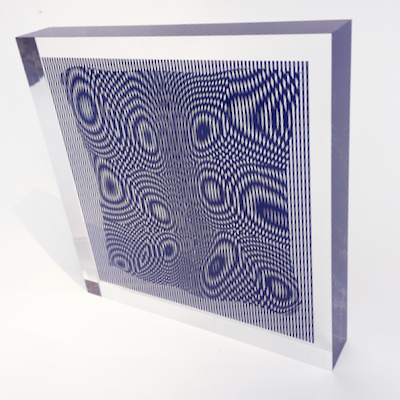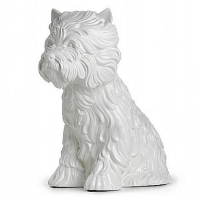
What is an Acrylic sculpture?
Acrylic sculpture refers to both a process and the resulting object. The artist begins by creating a sculpture from clay, plaster, or epoxy, which is then used to make a flexible mold. Melted acrylic is poured into the mold, and once it cures, the acrylic piece is hand-finished through sanding and polishing. Acrylic sculptures are valued for their clarity, durability, and ability to achieve intricate details.
Show All
- Show All
- Established
- Discoveries
A,B,C
ARTWORKS RELATED TO ACRYLIC SCULPTURE
Felipe Pantone
Subtractive Variability Manipulable 6, 2023
Sculpture / Object
Acrylic sculpture
EUR 4,000
Felipe Pantone
Substractive Variability Compact 2, 2022
Sculpture / Object
Acrylic sculpture
Currently Not Available
Gregorio Vardanega
Boite à Cercles de Couleurs, 1970
Sculpture / Object
Acrylic sculpture
Currently Not Available
Felipe Pantone
Substractive Variability Compact, 2022
Sculpture / Object
Acrylic sculpture
EUR 4,700

Art Fabrication is a process used in the production of technically challenging or large-scale artworks. It occurs when a designer or artist is unable to fully realize their concept or design on their own and seeks assistance from a fabrication studio. These studios are equipped with specialized machinery, resources, and skilled labor necessary to execute complex art projects to a high standard.

Mail Art is a populist art movement centered on the creation and exchange of small-scale artworks through the postal service. It developed out of the Fluxus movement in the 1950s and 1960s and has since evolved into a global art movement. Ray Johnson is recognized as the first mail artist, and his New York School is considered the first network of mail artists. Mail artists rely heavily on a network to exchange their works, often creating a community of artists connected through the postal system.





















